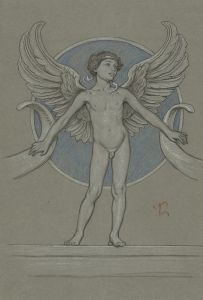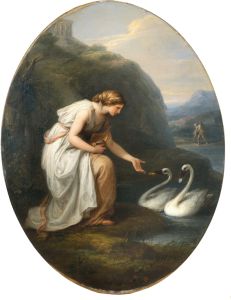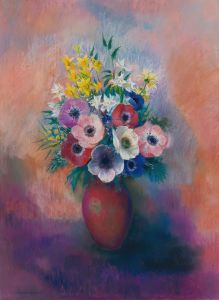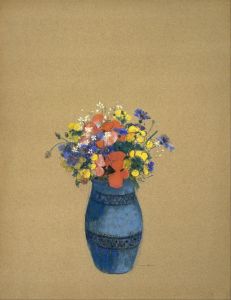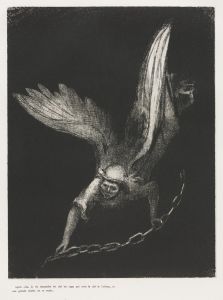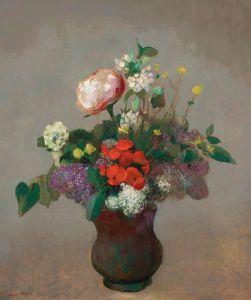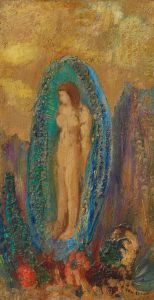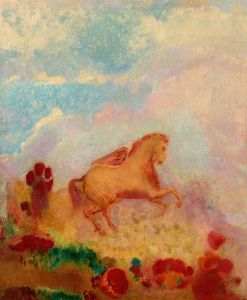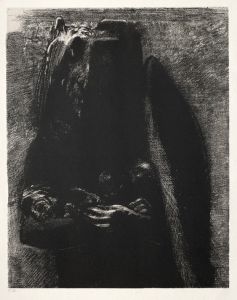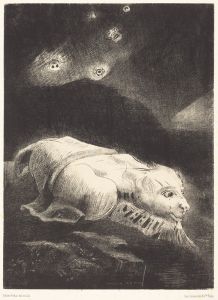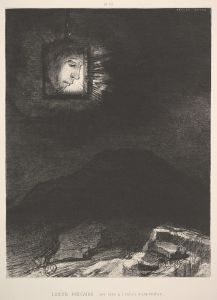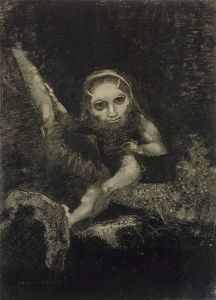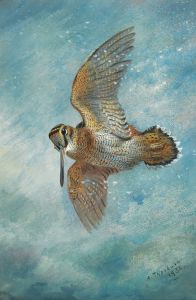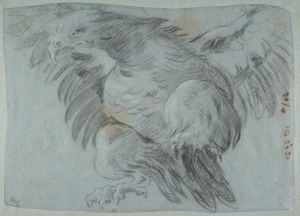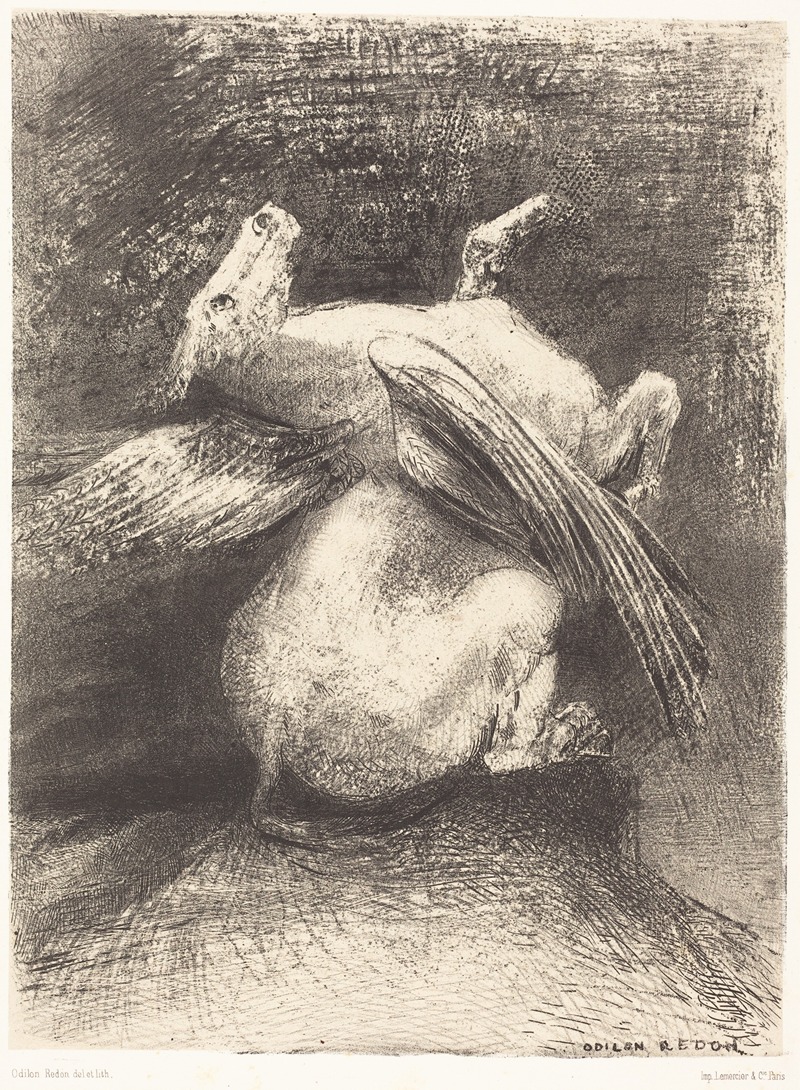
L’Aile impuissante n’eleva point la bete en ces noirs espaces
A hand-painted replica of Odilon Redon’s masterpiece L’Aile impuissante n’eleva point la bete en ces noirs espaces, meticulously crafted by professional artists to capture the true essence of the original. Each piece is created with museum-quality canvas and rare mineral pigments, carefully painted by experienced artists with delicate brushstrokes and rich, layered colors to perfectly recreate the texture of the original artwork. Unlike machine-printed reproductions, this hand-painted version brings the painting to life, infused with the artist’s emotions and skill in every stroke. Whether for personal collection or home decoration, it instantly elevates the artistic atmosphere of any space.
Odilon Redon was a French symbolist painter, printmaker, draughtsman, and pastellist, known for his unique and imaginative works that often explored themes of fantasy, dreams, and the subconscious. His work "L’Aile impuissante n’eleva point la bete en ces noirs espaces" is one of the many pieces that exemplify his fascination with the mysterious and the otherworldly.
Redon was born on April 20, 1840, in Bordeaux, France. He began his artistic training early, studying drawing in his hometown before moving to Paris. In Paris, he studied under Jean-Léon Gérôme and later with Rodolphe Bresdin, who introduced him to etching and lithography. These techniques would become significant in Redon's career, allowing him to explore his interest in dark and fantastical imagery.
The title "L’Aile impuissante n’eleva point la bete en ces noirs espaces" translates to "The powerless wing did not lift the beast into these dark spaces." This title reflects Redon's penchant for poetic and evocative language, which often accompanied his artworks. The piece is part of Redon's series of noirs, which are black-and-white works that utilize charcoal and lithography to create haunting and dreamlike images.
Redon's noirs are characterized by their use of shadow and light to evoke a sense of mystery and ambiguity. They often depict fantastical creatures, dreamlike landscapes, and surreal scenarios that challenge the viewer's perception of reality. This particular work, like many of Redon's noirs, invites viewers to interpret its meaning and symbolism, which are not explicitly defined.
Throughout his career, Redon was influenced by literature, music, and philosophy, drawing inspiration from writers such as Edgar Allan Poe and Charles Baudelaire. His works often reflect the themes of these literary figures, exploring the boundaries between reality and imagination, the conscious and the subconscious.
Redon's art was not widely recognized during the early part of his career, but he gained more attention and acclaim in the late 19th and early 20th centuries. His work was exhibited in the influential Salon des Indépendants and the Salon d'Automne in Paris, where it caught the attention of other artists and critics. Redon's unique style and thematic focus influenced later movements such as Surrealism and Dadaism, and he is now considered a precursor to these avant-garde movements.
"L’Aile impuissante n’eleva point la bete en ces noirs espaces" exemplifies Redon's ability to create evocative and thought-provoking imagery that transcends the boundaries of traditional art. His use of monochromatic tones and his focus on the fantastical continue to captivate audiences and inspire artists today.
Odilon Redon passed away on July 6, 1916, in Paris, leaving behind a legacy of innovative and imaginative works that continue to be celebrated for their originality and depth. His contribution to the Symbolist movement and his influence on later artistic developments remain significant in the history of art.





